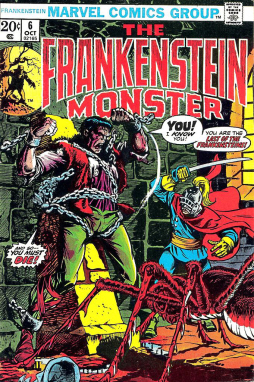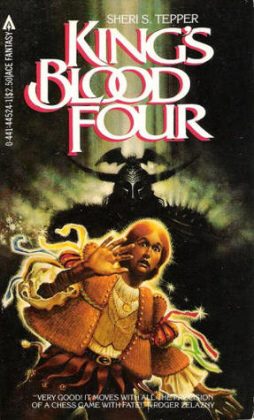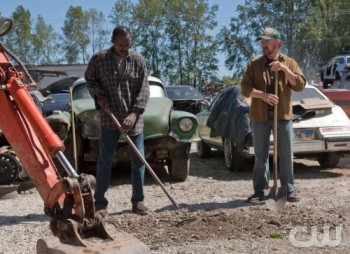I will be one of the Black Gate team present at the World Fantasy Convention this weekend, so if you are there as well, just look for the guy who appears lost. (I’ve never been to one of the big conventions before.)
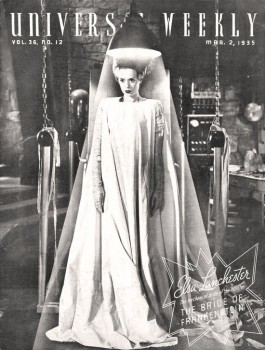 Two weeks ago I discussed the key Hammer Horror film for Halloween, Dracula (1958). It would be a grave omission not to discuss my key Universal Horror film for Halloween—especially since this year is that movie’s seventy-fifth anniversary.
Two weeks ago I discussed the key Hammer Horror film for Halloween, Dracula (1958). It would be a grave omission not to discuss my key Universal Horror film for Halloween—especially since this year is that movie’s seventy-fifth anniversary.
This is going to be a “strolling” review, in which I walk through an entire film and simply point at things. It’s a good sort of October stroll, I think.
Three-quarters of a century ago, on April 22nd, Universal Pictures released the long-rumored, delayed, and awaited sequel to their 1931 smash hit adaptation of Frankenstein by Mary Shelley: Bride of Frankenstein. The world of Gothic film has never been the same. Bride is the highest achievement of the Universal Horror series, the best film ever from director James Whale, and a defining moment in the cinema of the fantastic, weird, and grotesque. Every viewing of the film is an unfettered joy and a voyage through the dark imagination.
(Promotional materials advertise the film as The Bride of Frankenstein, but the actual on-screen title eliminates the definite article, and I’m a martinet about these things.)
Universal in the 1930s built their House of Horrors on the twin success of Dracula and Frankenstein in 1931. A later successful double feature of the two would create the Universal Horrors of the 1940s. And it was the director of Frankenstein, British import James Whale, one of many theatrical directors who were given film directing jobs in the new world of the “Talkies,” that the studio pegged as their great hope not only for horror, but to put the studio on a competitive level with MGM. Whale wasn’t only a sure hand with horror movies like Frankenstein, The Old Dark House (1932), and The Invisible Man (1933), but also produced successful stylish comedies, musicals, and murder mysteries for the studio.
…
Read More Read More
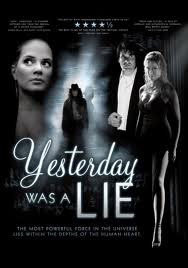 “Yesterday Was A Lie” is an indie film that indulges in experimental exposition right out of the gate.
“Yesterday Was A Lie” is an indie film that indulges in experimental exposition right out of the gate.
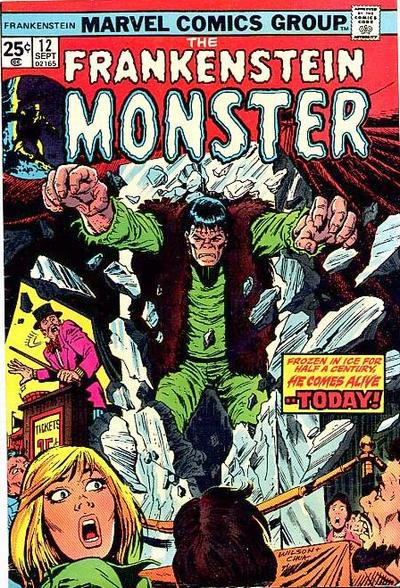
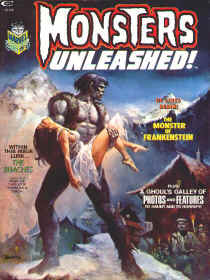
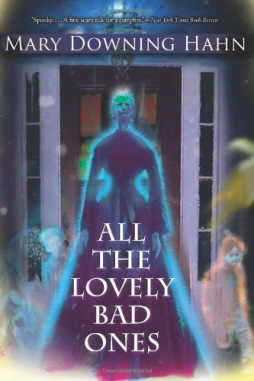
 Two weeks ago I
Two weeks ago I  The episode opens with a young man (Robert), dressed all in black and wearing too much product in his hair, romances a girl (Kristen) in a bar. He is enigmatic and tentative, recoiling at the sight of blood from a papercut. “We can’t be together,” he says. “You think you know me, but you don’t. I’ve done bad things. You should run. Now.”
The episode opens with a young man (Robert), dressed all in black and wearing too much product in his hair, romances a girl (Kristen) in a bar. He is enigmatic and tentative, recoiling at the sight of blood from a papercut. “We can’t be together,” he says. “You think you know me, but you don’t. I’ve done bad things. You should run. Now.”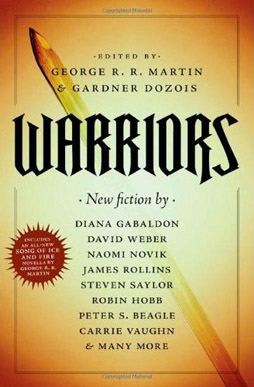 Warriors, edited by George RR Martin & Gardner Dozois
Warriors, edited by George RR Martin & Gardner Dozois